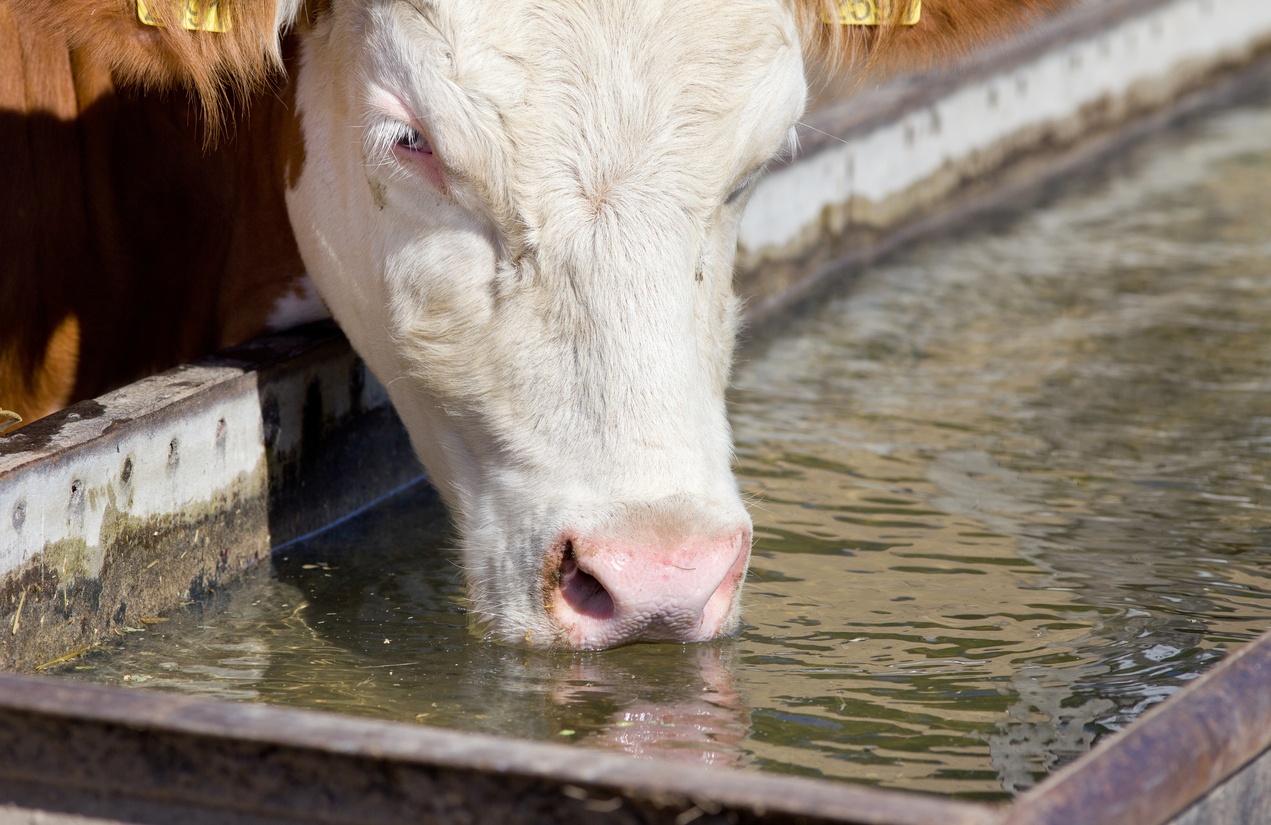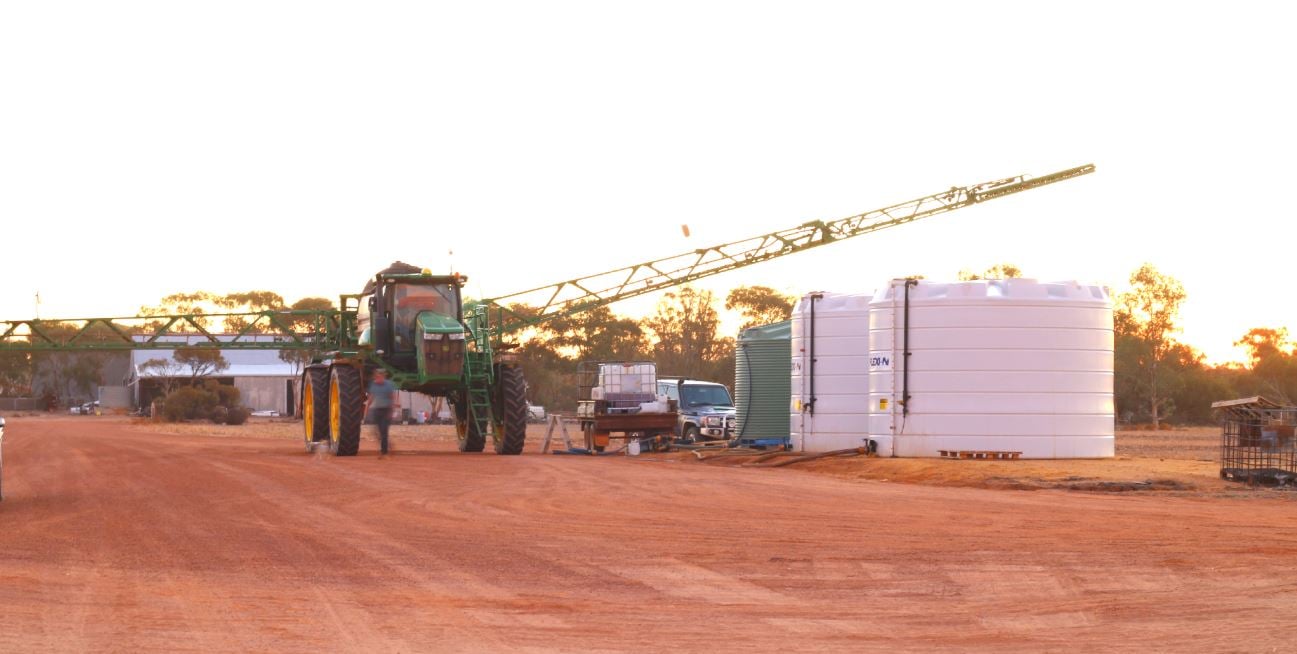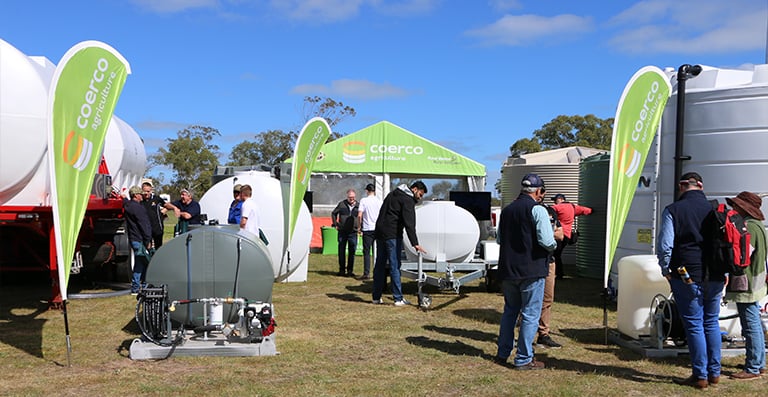Algae, dissolved salts, mineral compounds and unwanted bugs may decide they want to grow inside the water in your water trough — and that's no good for your livestock!
To keep water cleaner longer and your livestock protected from bad water, here are a few misconceptions to avoid to ensure you're on the right track:
1. "Just make sure the water trough is full."
Having healthy water for your livestock is far more than just having a livestock water trough that stays full all of the time. Avoid shallow, warm water as it's more likely to breed blue-green algae which can negatively impact your livestock's health.
Undeniably, there's so much more to providing quality water for your precious animals over long periods of time than just pouring water in a trough. As FutureBeef says, providing quality water for your livestock is about more than filling the trough and avoiding algae:
Even if the salinity or TDS is within limits, specific ions such as calcium, fluoride, magnesium, sulphate, calcium and nitrates can cause health problems. These problems include loss of condition, scouring, teeth decay and gastrointestinal problems. For example, excess fluoride can occur in bore water and can be a problem particularly for young stock, but also for human health.
Be sure to check your water quality often and follow the guidelines according to class of stock.
2. "Size doesn't matter."
Size does, indeed, matter. It informs water quality, temperature, and cleanliness – thus, the importance of carefully taking into account a number of things to ensure the right size of livestock water trough for the right animals.
Consider the depth required (depth affects the water temperature and helps avoid animals standing in troughs) as well as the location of your stock trough to maximise shade for cooler water. Also consider the difference between having a trough with a tank as reservoir and a tank-less trough.
A livestock water trough with a tank for a reservoir will have cooler water supply than a trough that has water piped over distance.
Example of a trough and tank combination:
Cup and Saucer Tanks
Remember: If water is too hot, livestock will drink less which, in turn, means that they will eat less. Consequently, they become less productive which essentially affects your bottom line.
Related article:
Harmful Causes of Poor Livestock Performance (Water Troughs May Be Responsible) Part 1
3. "As long as it has a float valve, all will be okay."
Yes - float valve systems have a simple function. However, some terrible advice in your watering process is to ignore that difference in water pressure and your flow needs. Float valves need to handle the correct flow and pressure.
There are three different types of water pressure and they impact how your livestock gets watered in different ways. If you want to take the best care of your livestock, consider whether or not a trough is fed by gravity, pumped water, or mains water.
The level of water pressure determines whether you need a low pressure or high pressure float valve for your water system.
You need enough pressure for rapid refilling in high demand times. Additionally, you also need to ensure that you still have enough flow if water is coming from a long distance. A good water flow will constantly keep fresh water flowing in and reduce the water from being too stagnant, which enables the growth of algae and unwanted pests.
4. "Animals will drink the same amount of water all year."
During warm months, water consumption will increase. In fact, animals' water consumption can increase by up to 78 percent during those unbearably hot seasons. That's why providing cool, clean, and convenient water troughs is essential to managing your farm.
The less water that livestock drink, the less food they'll eat, and the less productive they'll be—whether that's in the form of less body mass accumulated, less milk produced, or less fleece grown.
Related articles:
5 Things About Sheep Troughs You May Not Know
Keeping water at a cool temperature is extremely beneficial to both your animal's health and your success. Clean, cool, convenient water is life for livestock. For water troughs and accessories, contact us today.










What do you think about this post?
Comments